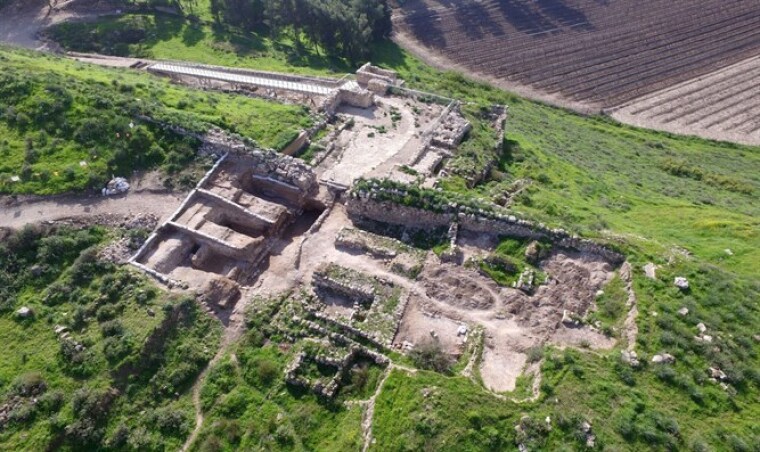Pagan altars destroyed by King Hezekiah

JERUSALEM, Israel – Israeli archaeologists have made another astounding find that proves the Bible's accuracy and also shows how much King Hezekiah detested idols.
Archaeologists digging at Tel Lachish National Park in Central Israel – down the mountains from Jerusalem – have unearthed what they claim is a large "gate shrine" from the First Temple period, around the 8th century B.C. The city gate is where leaders of a town would gather for business and often to worship idols.
In the gate shrine, called an "important and unusual discovery" by archaeologists, there were benches for placing offerings and also an entrance to the "holy of holies," where the city's main idol was located.
That is probably evidence of the religious reform attributed to King Hezekiah, whereby religious worship was centralized in Jerusalem and the cultic high places that were built outside the capital were destroyed.
However, the Bible tells of how King Hezekiah, one of Judah's few good kings who "did what was right in the eyes of the Lord" (2 Kings 18:3), destroyed such shrines along with the high places (2 Kings 18:4) in order to eliminate paganism, return the Temple to prominence, and fulfill God's command to have only one site of worship for him.
The gate, which has six chambers, is among the largest ever discovered and was preserved to a height of 16 feet – an interesting fact considering Lachish was besieged and destroyed by the Assyrian ruler Sennacherib in 701 B.C.
"The size of the gate is consistent with the historical and archaeological knowledge we possess, whereby Lachish was a major city and the most important one after Jerusalem," Sa'ar Ganor, the director of the excavation, said.
According to the report, the artifacts discovered in the gate prove its use as a center of commerce nearly three millennium ago. Some of the jars found at the site even bear the king's seal (they likely contained grain set aside for the royal household).
Ganor also said the gate contained a staircase that went upstairs to the large shrine.
"An opening was exposed in the corner of the room that led to the holy of holies," he said. There, they found two altars which once had horns. They had been "intentionally truncated" or, in layman's terms, broken off, he said.
"That is probably evidence of the religious reform attributed to King Hezekiah, whereby religious worship was centralized in Jerusalem and the cultic high places that were built outside the capital were destroyed," Ganor said.
If destroying the shrine wasn't enough, King Hezekiah made certain the shrine would always be defiled. He apparently had a toilet installed in it as a sign of his utter contempt for idols and his "ultimate desecration" of the site.
According to the archaeologists, the move was symbolic as the toilet was apparently never used.
In another account in 2 Kings 10:27, however, the Bible describes how God's people "demolished the sacred stone of Baal and tore down the temple of Baal, and people have used it for a toilet to this day."
It is the first time archaeologists have confirmed the practice of destroying and then defiling a shrine to false gods in Israel or Judah.